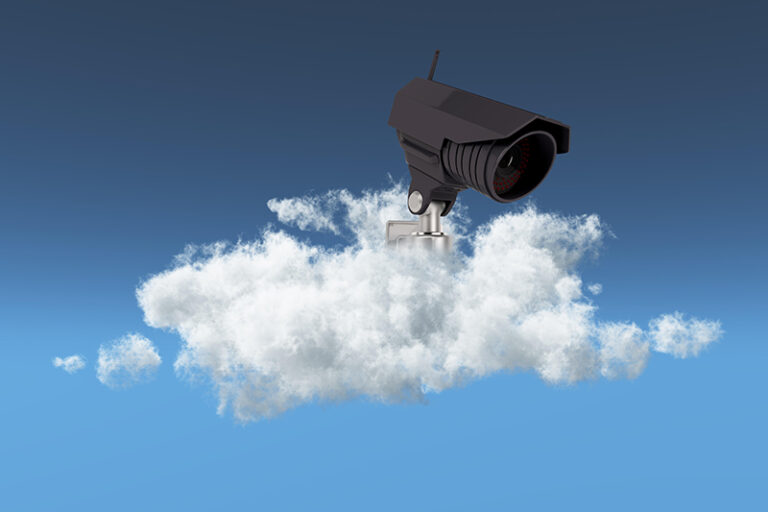From hybrid architecture to a demand for security transparency, IFSEC Insider hears from Axis Communications on five technological trends forecast to make an impact in the security sector in 2024.
1. Exploiting the potential for generative AI in the security sector
Every business is looking at the potential use cases of generative AI, and the security sector is no different. The availability of AI and deep learning in security devices has grown, with virtually every new network camera now powerful enough to perform complex AI-driven analytics on the network edge. It is now time for generative AI to make an impact.
2023 saw generative AI based on large language models (LLMs) forcing their way into the public consciousness. 2024 will see security-focused applications making use of such technology to create automated assistants for operators, helping them interpret what is happening in a scene, as well as powering AI support assistants for customers. Generative AI’s risks and potential pitfalls will no doubt mean its use is the source of much debate – but the biggest risk would be to ignore it.
2. Solution management efficiencies driving hybrid architecture
Hybrid solution architectures combining on-premise, cloud, and edge technologies are now an established standard in many security solutions. Ultimately, system architectures should be independent of a vendor’s preferred structure, and should be created to service the customer’s needs.
The more of a solution that exists in environments easily accessible to both vendors and customers, the more ability vendors have to manage elements of that system, taking a greater responsibility and reducing the burden on customers.
2024’s hybrid architectures will also support the forthcoming use cases for AI support and automation in solution management and operation. Increased system accessibility is valuable to both human and AI support, helping both take advantage of each different instance’s strengths.
3. Security always, but safety too
Security and safety have often been considered as a single subject, but are increasingly being recognized as separate cases: security relating to intentional acts, and safety surrounding unintentional dangers and incidents that could harm people, property, and the environment.
The use of video surveillance and analytics in safety use cases is growing fast and will continue to do so in 2024. Video surveillance, environmental sensors, and analytics will be increasingly used by authorities to give early warning of potential climate-related disasters, for instance – and they will also support the most rapid and effective response.
More powerful video analytics can also help support risk management and regulatory compliance by, for example, automatically monitoring the wearing of required Personal Protective Equipment (PPE), and assisting with post-incident investigations.
4. Regulation and compliance driving technology

Changes in the global regulatory environment increasingly impact the development, application and use of technology. With AI, cybersecurity, sustainability and corporate governance now coming under greater regulatory scrutiny, vendors will need to develop technology and operate their businesses in ways that support their customers’ compliance requirements.
Geopolitics and trade relations between nation states are also resulting in regulations that demand diligence and transparency down to the component level, throughout the value chain, in order for vendors to maintain a license to operate in key international markets.
Where security technology is concerned, it’s a question of trust. Can customers be sure that every link in their supply chain is operating in a way that supports their own regulatory compliance?
5. Taking a ‘total system’ perspective
Total cost of ownership (TCO) is an important measure, but consideration and transparency surrounding the total impact of ownership – also considering non-financial aspects like environmental and societal impact – is vital to align with customers’ value chains.
Taking a total system perspective – considering not only the cost of running and maintaining end-point hardware but the impact of the entire ecosystem which supports it – will be a primary area of concern in 2024.
A total system perspective might lead to using cameras that reduce bitrate, storage, and server load with the intention of reducing server cooling requirements, for example. More efficient transportation of products, sustainable packaging, and the use of standard components will all also play a part.
Source: IFSEC INSIDER


